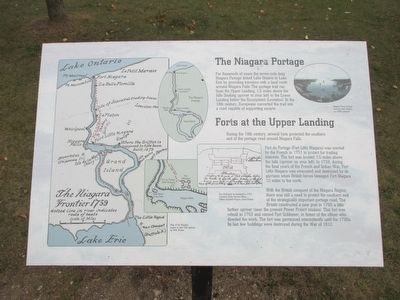Welcome to Magnolia Mound Plantation, a remarkable site that offers a glimpse into the rich history of Louisiana’s antebellum past. Established in the late 18th century, this plantation is one of the oldest documented establishments in Baton Rouge and stands as a testament to the region’s agricultural heritage. Originally constructed around 1791 by James Hillin, a settler from Maryland, Magnolia Mound was initially a modest establishment compared to the grand plantations of its time. However, it grew significantly over the years, adapting to the changing economic and social landscapes of the South.
The plantation’s main house, a striking example of French Creole architecture, is crafted from native cypress and features a distinctive roofline and expansive galleries. Over the years, Magnolia Mound played host to numerous events and figures that shaped the course of its history. During the early 19th century, the plantation was owned by John Joyce, an influential planter who expanded the property and increased its production of indigo and sugarcane.
As you explore this historic site, reflect on the lives of the enslaved individuals who lived and worked here, whose labor underpinned the plantation’s operations. Magnolia Mound serves as an important reminder of this complex history, offering educational insights into the lives of both the plantation owners and the enslaved community.
Today, Magnolia Mound is preserved as a historic house museum, illustrating the evolution of plantation life from the colonial period through the 20th century. Its role in the Baton Rouge community has shifted from a working plantation to a cultural and educational resource, hosting events and programs that bring history to life.
Imagine the sounds of the bustling plantation and the stories that resonate within these walls. Each room and outbuilding holds secrets of the past, from the kitchen where meals were prepared to the overseer’s house and slave quarters. As you walk the grounds, you’re walking through history, seeing first-hand the layers of time that have shaped this remarkable site.


